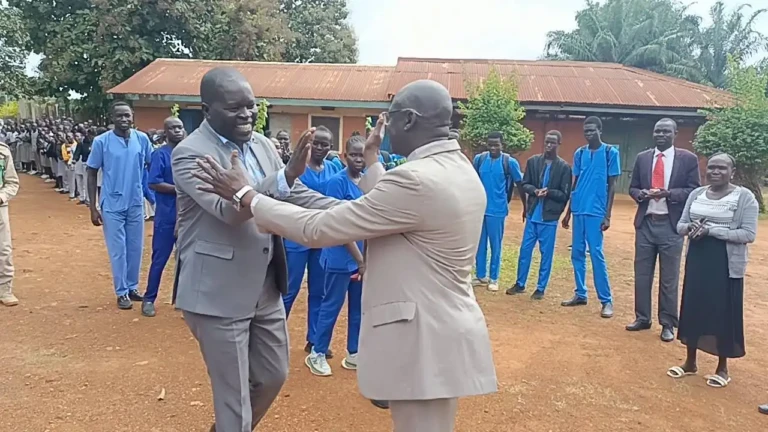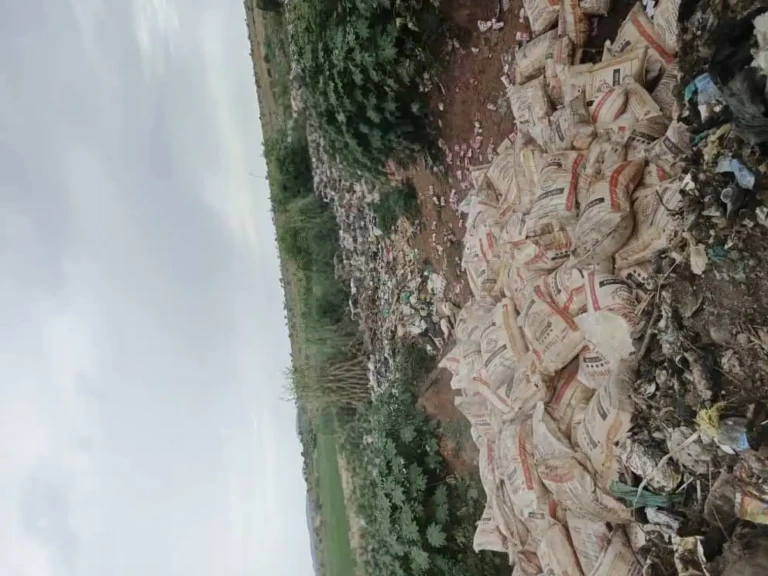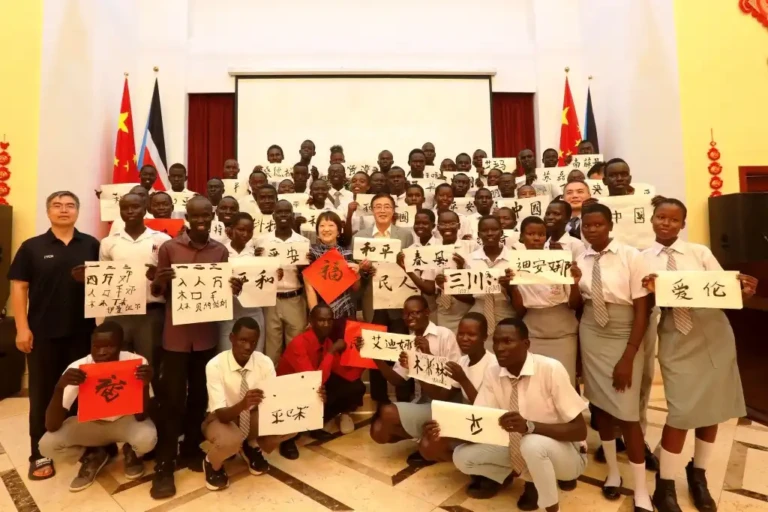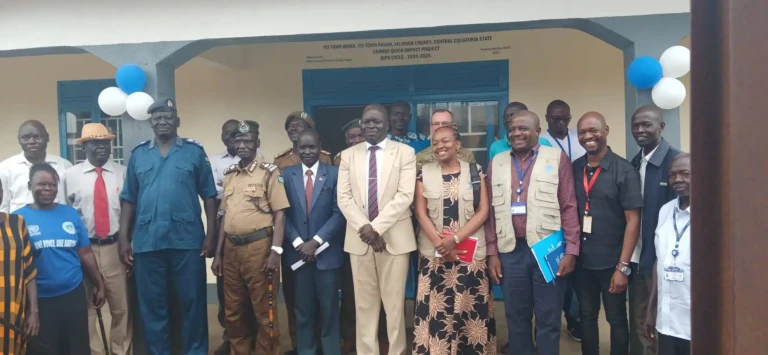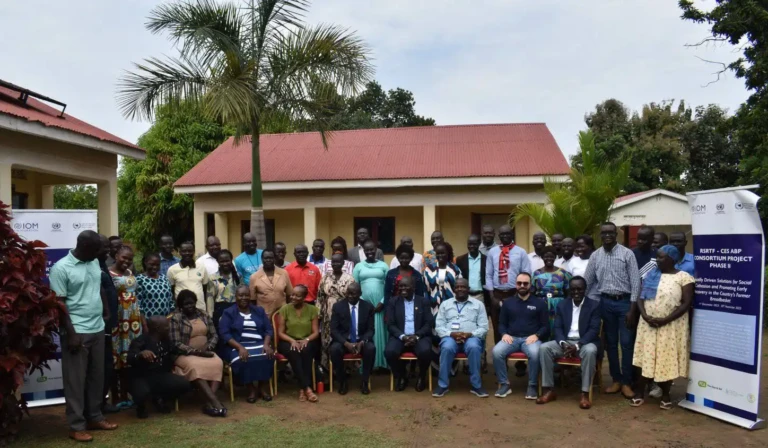
Photo: Central Equatoria State Government Press Unit
(JUBA) – The Governor of Central Equatoria State, Lt. Gen. Rabi Mujung Emmanuel, met on Thursday with Hon. Yar Paul Kuol, Managing Director of the South Sudan Urban Water Corporation, to discuss ways of improving water access and management in urban centres across the state.
The meeting took place at the State Secretariat in Juba and focused on strengthening cooperation between the state government and the Urban Water Corporation to ensure the delivery of clean and reliable water to residents.
The discussion covered the operational framework of the Corporation, its current service delivery systems and its strategic priorities for urban water management.
Governor Mujung was briefed by the Corporation’s leadership on the existing challenges and opportunities related to water infrastructure in Central Equatoria, including the need for improved water pipelines, better maintenance systems and expansion of services to fast-growing towns and peri-urban areas.
The two parties agreed on the importance of coordination between state institutions and the Urban Water Corporation to improve planning, investment and service delivery.
The Governor reaffirmed his commitment to supporting initiatives that promote sustainable access to safe water, particularly in light of growing urban populations and increasing pressure on public services.
Water scarcity remains a major issue in many parts of South Sudan, including urban centres in Central Equatoria. Inadequate infrastructure, population growth and climate related challenges have placed additional strain on already limited water sources, prompting authorities to seek new partnerships and funding to address the gaps.
While no specific financial commitments were made public during the meeting, officials said follow up discussions would explore possible technical and logistical support to help expand the reach and quality of water services.
Priorities discussed during the meeting:
| Key Focus Area | Details |
|---|---|
| Service Delivery | Expansion of clean water access in urban centres |
| Infrastructure Needs | Upgrading pipelines, pumping stations and storage |
| Institutional Coordination | Strengthening ties between state and Corporation |
| Sustainability | Promoting long term, climate resilient water systems |
| Urban Planning Support | Integrating water planning with city expansion |
Mujung emphasised that ensuring clean and accessible water is essential for public health, economic development and stability. He called on technical teams at both the state and national levels to move from planning to implementation.
Hon. Yar Paul Kuol stressed the importance of such collaboration, stating that the Corporation is ready to work with state authorities to bring improved water solutions to the people of Central Equatoria and beyond.
Despite the White Nile flowing through South Sudan and seasonal rainfall across various regions, access to clean and reliable water remains a serious challenge for millions of people. The combination of poor infrastructure, weak government institutions, armed conflict and high rates of displacement has left nearly half of the country’s population without access to an improved water source.
An “improved” water source refers to protected wells, standpipes, or handpumps located within one kilometre from households. However, in many areas of South Sudan, such sources are unavailable or poorly maintained. Even in places where piped water systems exist, the supply is often intermittent and unsafe to drink due to contamination or system breakdowns.
Large portions of the population depend on surface water from rivers, open wells or seasonal ponds. During the dry season, particularly in areas away from the White Nile and its tributaries, these sources either disappear or become polluted.
Many people are forced to walk long distances to collect water, a task often carried out by women and children. Others rely on private vendors who sell water carried by donkeys, bicycles or trucks.
Access to improved water sources in South Sudan (Wash Watch)
| Year | Population Without Access | % With Access | Notes |
|---|---|---|---|
| 2015 | 5,015,000 | 58.7% | Includes handpumps, wells, limited piped water |
| 2025 (est.) | Over 6 million | Likely reduced | Due to conflict, damage, and population growth |
Seasonal rainfall, which is concentrated between July and October, and in some southern regions also between March and May, makes groundwater a vital resource during dry periods. However, groundwater in some areas is salty (brackish), difficult to find or low yielding. The success rate of drilling wells is also inconsistent.
While the White Nile remains the country’s main water artery, rivers like the Sobat and Bahr el Ghazal often dry up seasonally. Major towns such as Juba, Bor, and Malakal lie along the Nile, but even these urban centres face severe water challenges due to limited treatment capacity and growing urban populations.
Compounding the water crisis is the long running conflict. Many boreholes in rural areas have been deliberately destroyed during fighting. Displaced populations often settle in areas where water infrastructure is inadequate, increasing demand beyond the system’s capacity.
Discover more from Access Radio Yei News
Subscribe to get the latest posts sent to your email.

